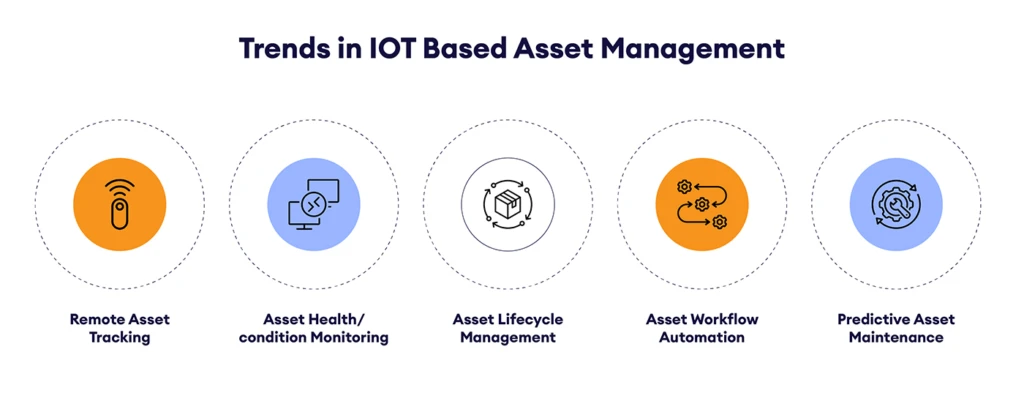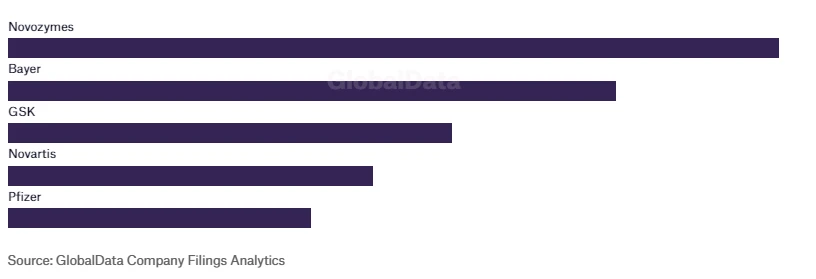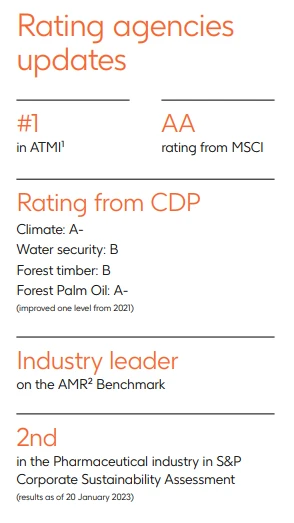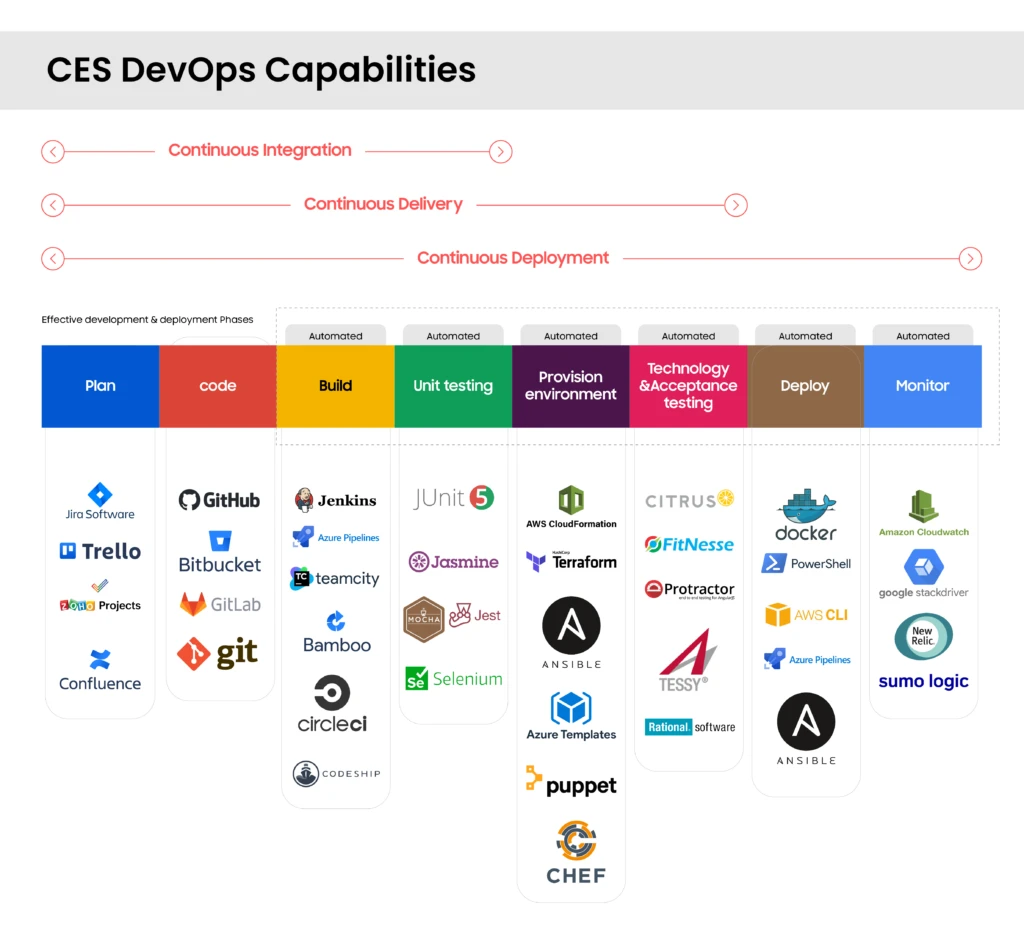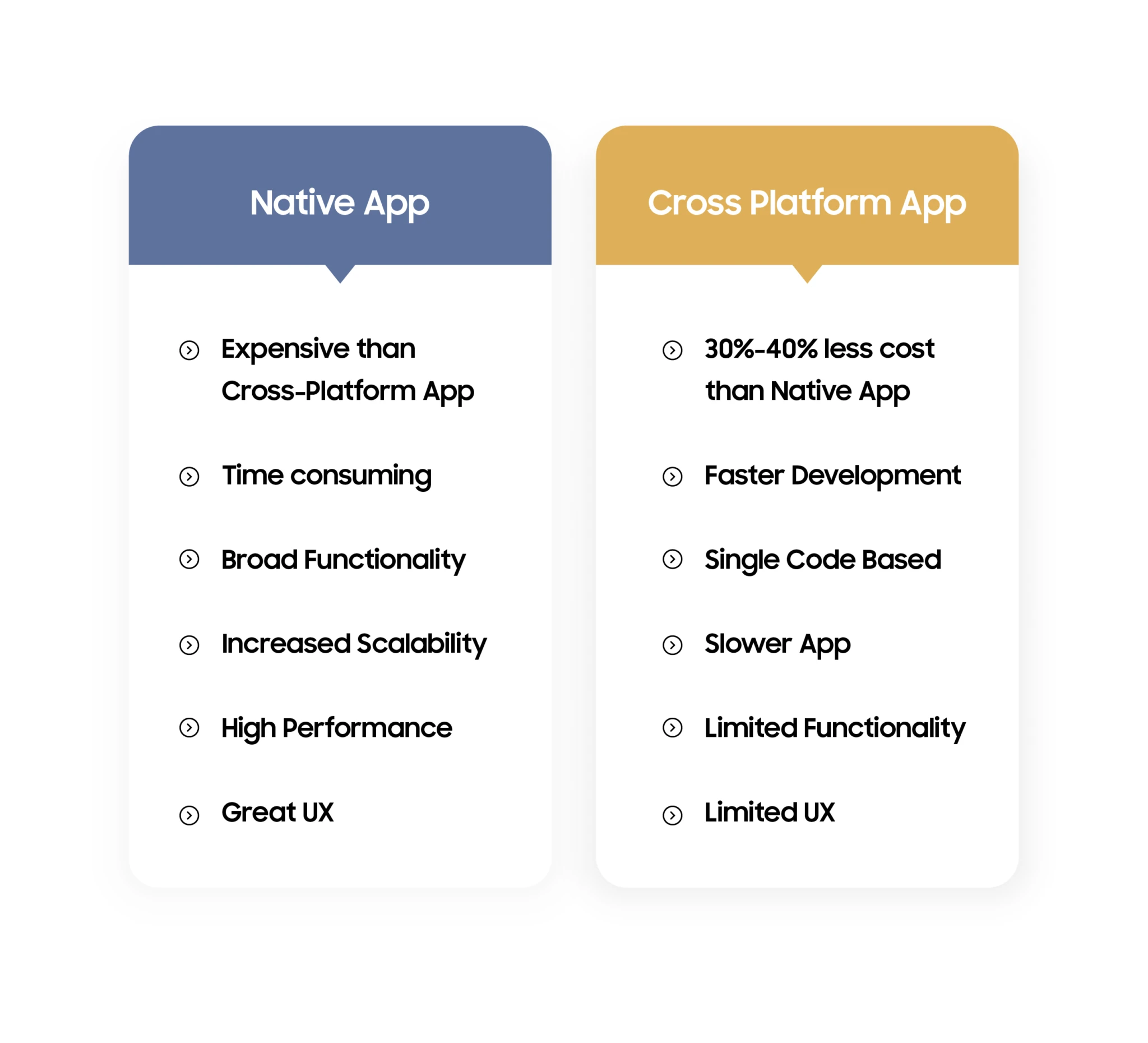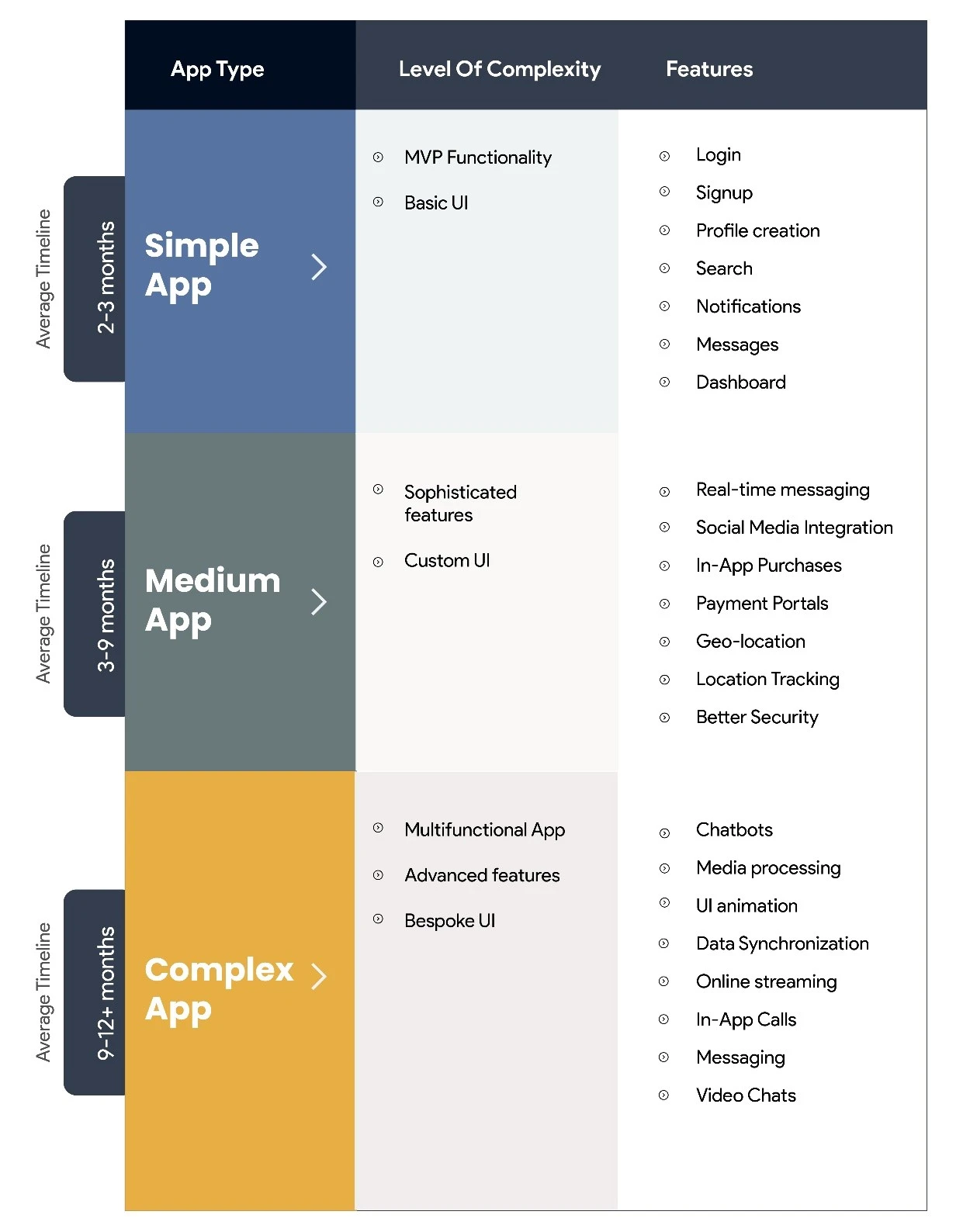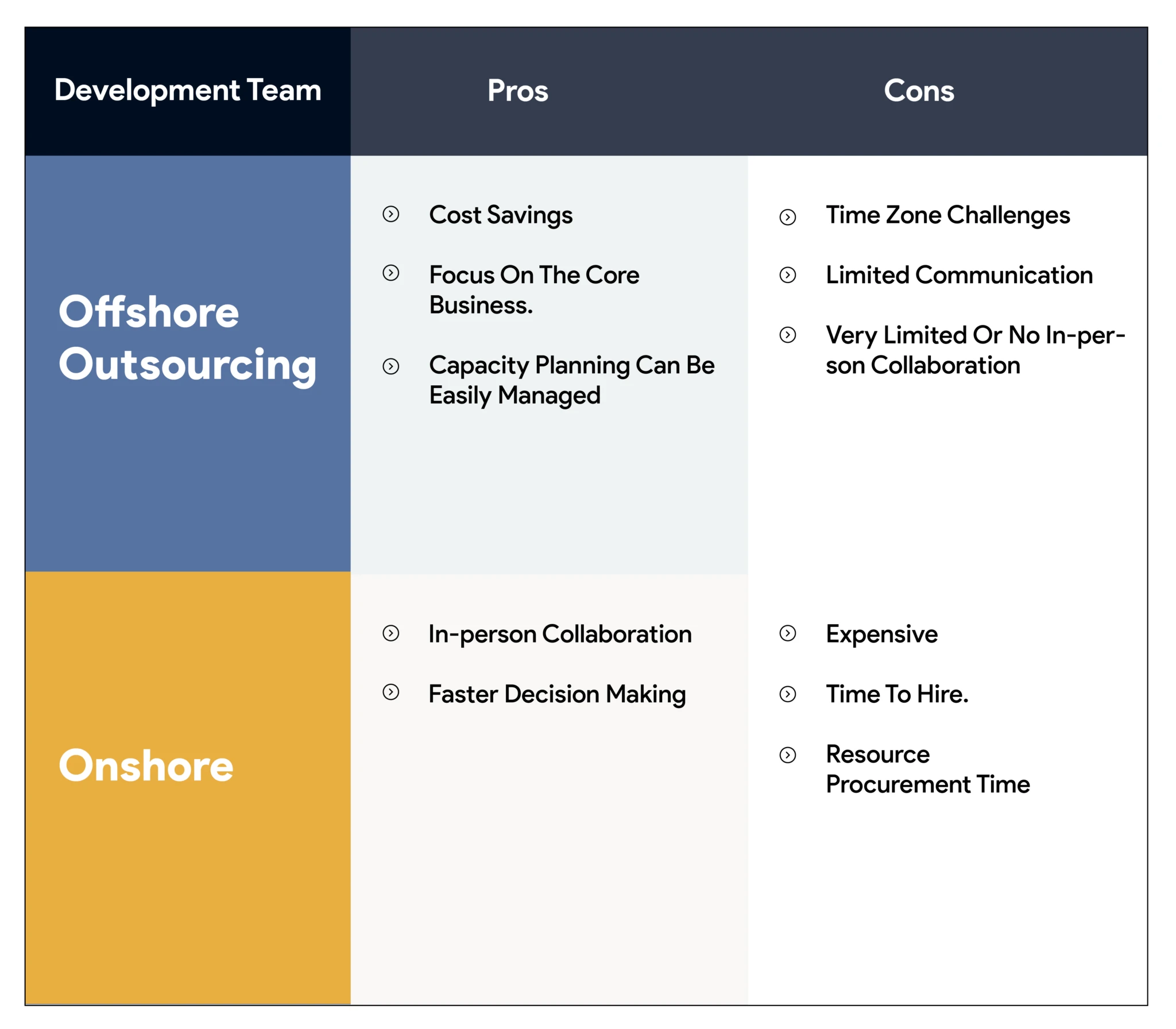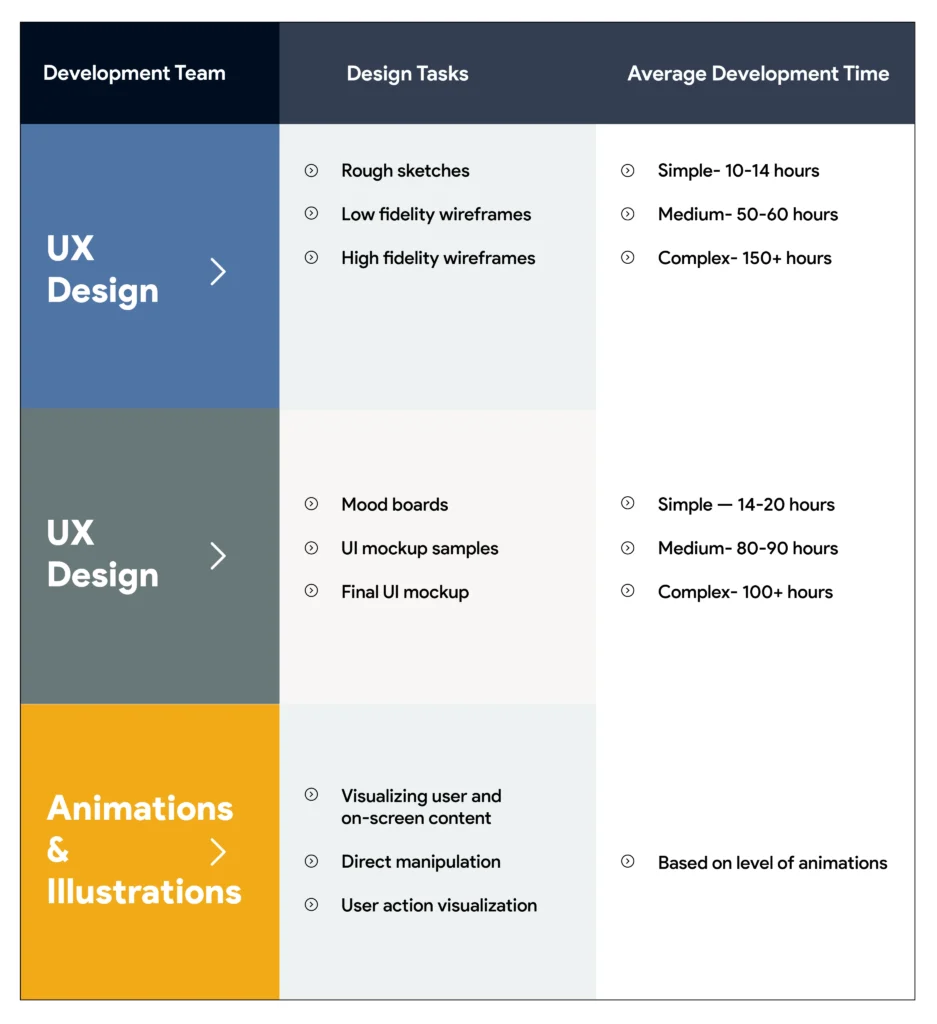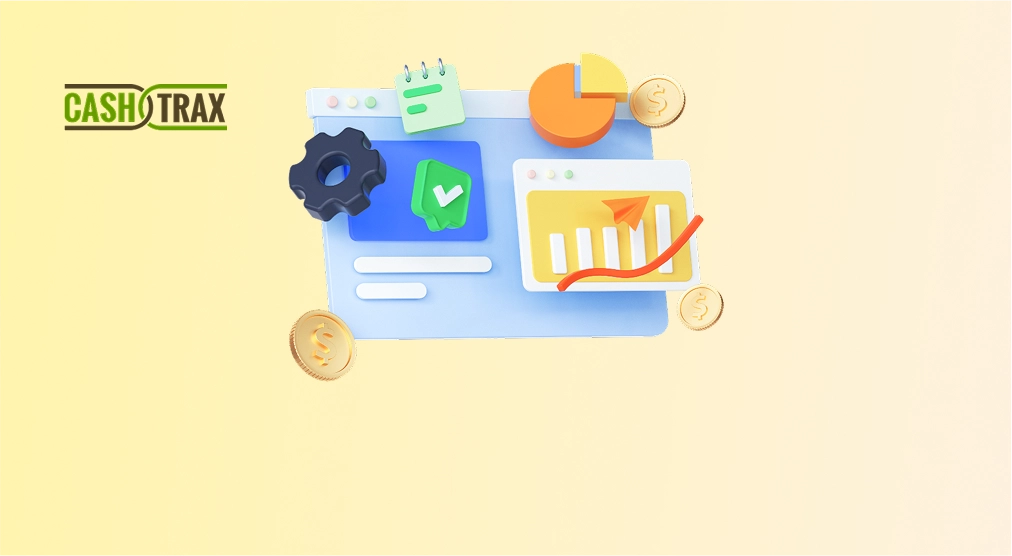In today’s rapidly evolving business landscape, delivering high-quality products and services is paramount for companies across all industry verticals. As a result, test automation is no longer considered an option but is regarded as essential. However, conventional test automation methods often prove to be burdensome, time-consuming, and riddled with challenges.
At CES, we understand the complexities faced by growing organizations striving to stay ahead in the competitive market. Our in-house test automation accelerator, Zyna, is purposely designed to empower your Quality Engineering teams effectively. In this short read, let’s explore how Zyna helps the test automation landscape, yielding tangible and superior business outcomes.
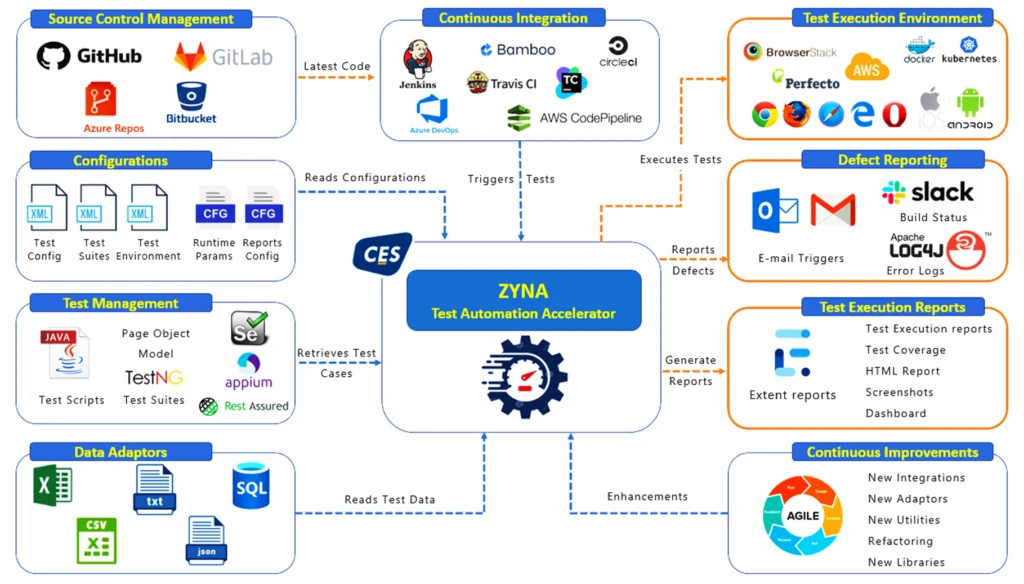
Unraveling the Benefits of Test Automation Accelerator Zyna
Built by CES on Open-Source frameworks, Zyna offers a suite of easy-to-use features to streamline your testing processes. Its unified platform, multi-platform support, pre-built utilities, seamless integrations, and exceptional customizability make Zyna a catalyst for efficient testing. Here are some of the positive impacts it delivers:
Unified Platform for Streamlined Testing
Zyna provides a unified platform that seamlessly integrates regression testing for API, Web, and Mobile applications using the same codebase, eliminating the need for managing separate projects. This streamlined approach significantly reduces maintenance overhead, allowing companies from manufacturing to healthcare to reach their customers swiftly and effectively.
Enhanced ROI through Multi-Platform Support
The versatility of Zyna lies in its compatibility with various programming languages like Java, C#, and Python. This flexibility enables Quality Engineering teams to leverage their preferred languages and integrate our proprietary accelerator with the existing frameworks, speeding up the adoption of test automation. Thus, by eliminating language barriers, Zyna optimizes team productivity, reduces training costs, and maximizes ROI for your automation initiatives.
Maximize Efficiency with Pre-Built Utilities
Zyna is equipped with an extensive array of built-in utilities, such as Data Connectors, File Readers, Runtime Loggers, and Customized Reports, to drive operational efficiency and save invaluable time & effort. In contrast to traditional open-source tools, our in-house accelerator goes the extra mile by leveraging these pre-built capabilities. Engineering teams can focus on crafting automation scripts and delivering comprehensive test coverage promptly, leading to faster time-to-market and reduced operational costs.
Seamless Integration with Leading DevOps Tools
Zyna seamlessly integrates with industry-leading DevOps tools like Azure DevOps, Bitbucket, GitLab, and Git Actions, allowing organizations to incorporate them into their existing DevOps workflows effortlessly. With version control, continuous integration (CI), and deployment capabilities, Zyna ensures efficient collaboration, traceability, and scalability throughout the software development and testing lifecycle.
Customizability to Align with Business Goals
Zyna’s key quality is its ability to be customized to perfectly align with businesses’ specific requirements, workflows, and toolchains across all industries. Whether incorporating specialized testing frameworks, integrating with existing toolchains, or adapting to unique workflows, our accelerator enables companies to mold the automation solution according to their unique business goals.
Zyna’s abilities reach far beyond its technical capabilities. Organizations leveraging Zyna unlocked significant business values, including decreased release time, accelerated test execution, and reduced man-hours (up to 1000 man-hours). These improvements reduced operational costs, enabled faster time-to-market, and increased customer satisfaction.
Zyna Spotlight: Transforming Vision into Reality
Seeking further proven evidence of Zyna’s capabilities? Below are a few real-life payoffs realized by our valued customers:
- Case Study 1: Minimized the duration of test execution by up to 80% through careful optimization efforts..
- Case Study 2: Reduced automation costs by up to 50% and saved substantial man-hours by jumpstarting automation efforts within a week.
- Case Study 3: Shortened release cycle times by up to 60% by embracing Continuous Testing in DevOps practices.
- Case Study 4: Improved efficiency and test coverage by incorporating API testing along with UI automation.
Adding value to our customers, we offer Zyna free of cost as part of our engagement, along with enhancement support and the entire codebase. Whether accelerating time-to-market, reducing automation costs, optimizing resource utilization, or enhancing quality, our motto is to enable and support every business to achieve its goals.
Contact us at info@cesltd.com to learn more about how Zyna can transform your business, regardless of your industry, and discover its rewarding customization capabilities.




